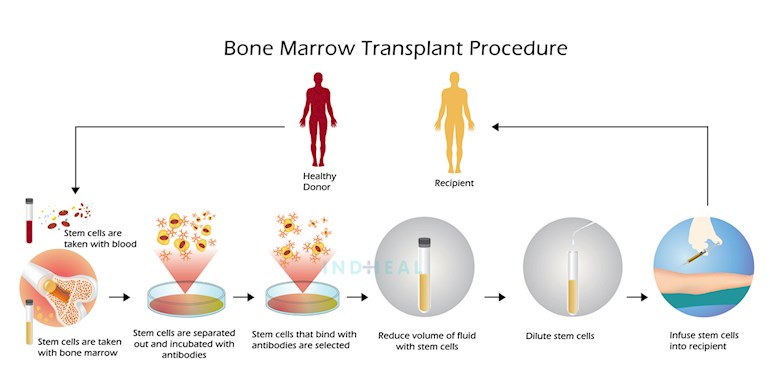A bone marrow transplant is the only complete cure for treating sickle cell anaemia. This is a kind of treatment in which the patient’s bone marrow is changed to new healthy bone marrow. This is done either by collecting the patient’s own bone marrow or that of a donor. In the case of sickle cell disease collecting the bone marrow from the patient's own body is not advisable since the genetic condition does not permit collection of healthy bone marrow. However healthy bone marrow from a matching donor can be used for the transplant.
Who can donate?
A person whose HLA matches with that of the patient can be a potential donor. Human leukocyte antigen (HLA) are proteins or markers that are found in most cells of your body. The body’s immune system uses these markers to recognize which cells belong to your body and which do not. An HLA type matching of at least 8/10 is necessary for qualifying as a bone marrow donor for sickle cell anaemia.
In BMT treatment, the diseased bone marrow is killed by chemotherapy and radiation and healthy bone marrow from a matched donor is infused into the patient’s body. The healthy bone marrow replaces the diseased marrow, grows inside the patient’s body and produces healthy blood cells.
To Know more indheal.com/blog/bone-marro...
